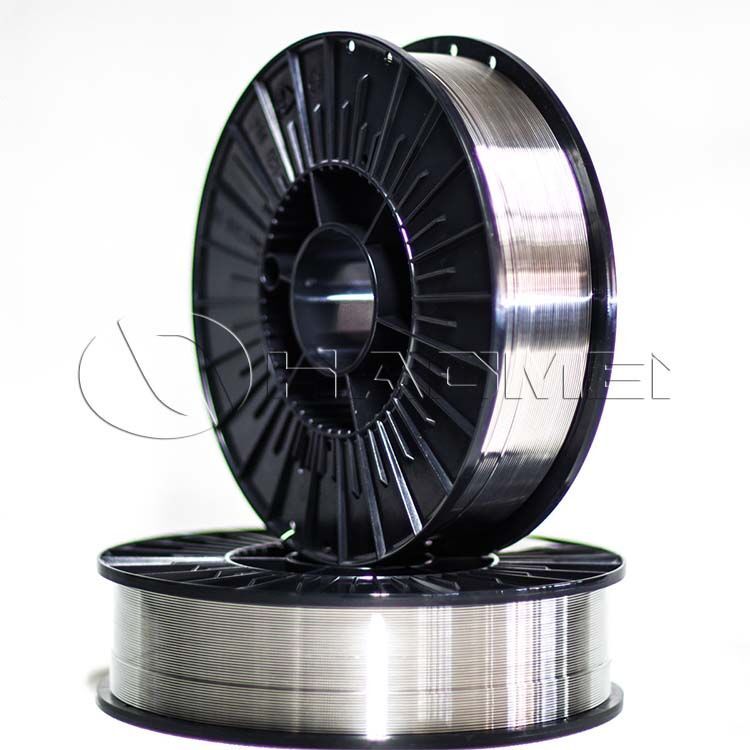Aluminum Welding Wire for Shipbuilding
ER5183 welding wire is particularly widely used in welding structures of marine vessels such as ships, catamarans, and high-speed ships. The main reason why this alloy is so versatile is that it has a combination of high strength, high corrosion resistance, high bending ability, and high weldability.
The weld strength of AA5183 alloy can be improved by increasing the Mg content in the alloy, while the loss of ductility is not significant. However, increasing the Mg content in Al-Mg-based solder alloys can cause a sharp decrease in corrosion resistance.
ER5183 is usually used as AlMg4.5Mn alloy filler metal, containing the following ingredients: 4.3-5.0% magnesium, 0.5-1.0% manganese and appropriate chromium and titanium. The anodized color of ER5183 is white, the melting point temperature is 1075-1180°F, and the tensile strength of the weld is 294 MP.
It is applicable to weld 5083, 5052, 5652, 5056 and marine 5086 aluminum plate. This alloy is generally used in welding processing in industries such as ships, drilling equipment, trains, automobiles, storage tanks and pressure vessels.

Aluminum welding wire specifications
There are Φ0.8 mm, Φ0.9 mm, Φ1.0 mm, Φ1.2 mm, Φ1.6 mm, Φ2.0 mm, Φ2.4 mm, Φ3.0 mm, Φ3.2 mm, Φ4.0 mm , Φ5.0 mm and Φ6.0 mm. Among them, Φ0.8 to 1.6 are wire coils (7 kg) for MIG welding. Φ1.6 to 6.0 are straight bars (length 1 meter) of 10kg/piece, used for TIG welding.
Of course, aluminum welding wire size measurement must use a measuring tool with an accuracy of 0.01 mm, and measure in the same cross-section in perpendicular directions. There must be no less than 2 measuring parts.
A base material can be welded with a variety of aluminum alloy welding wire. For example, 5083 marine aluminum plate can use 5356, 5556 and er5183 welding wire.
However, the welded joint obtained by each type of welding wire may only be optimal in a certain performance aspect. When choosing the best welding wire, the final use performance of the weldment should mainly be considered. Overall, the following performance indicators are mainly examined:
1. Weldability or crack-free properties
2. Weld strength - tensile or shear resistance
3. Ductility of the weld
4. Corrosion resistance
5. High temperature service performance
6. High temperature service performance
In short, in the process of selecting aluminum alloy welding wire, the most suitable alloy filler can be selected only after a full analysis of many relevant variables in aluminum welding and its application. The first thing that must be considered is the type and chemical properties of the welding base metal, and the second thing to consider is the performance requirements of the welded parts. Finally, alloy filler selection is an integral part of developing and evaluating suitable welding process parameters.









